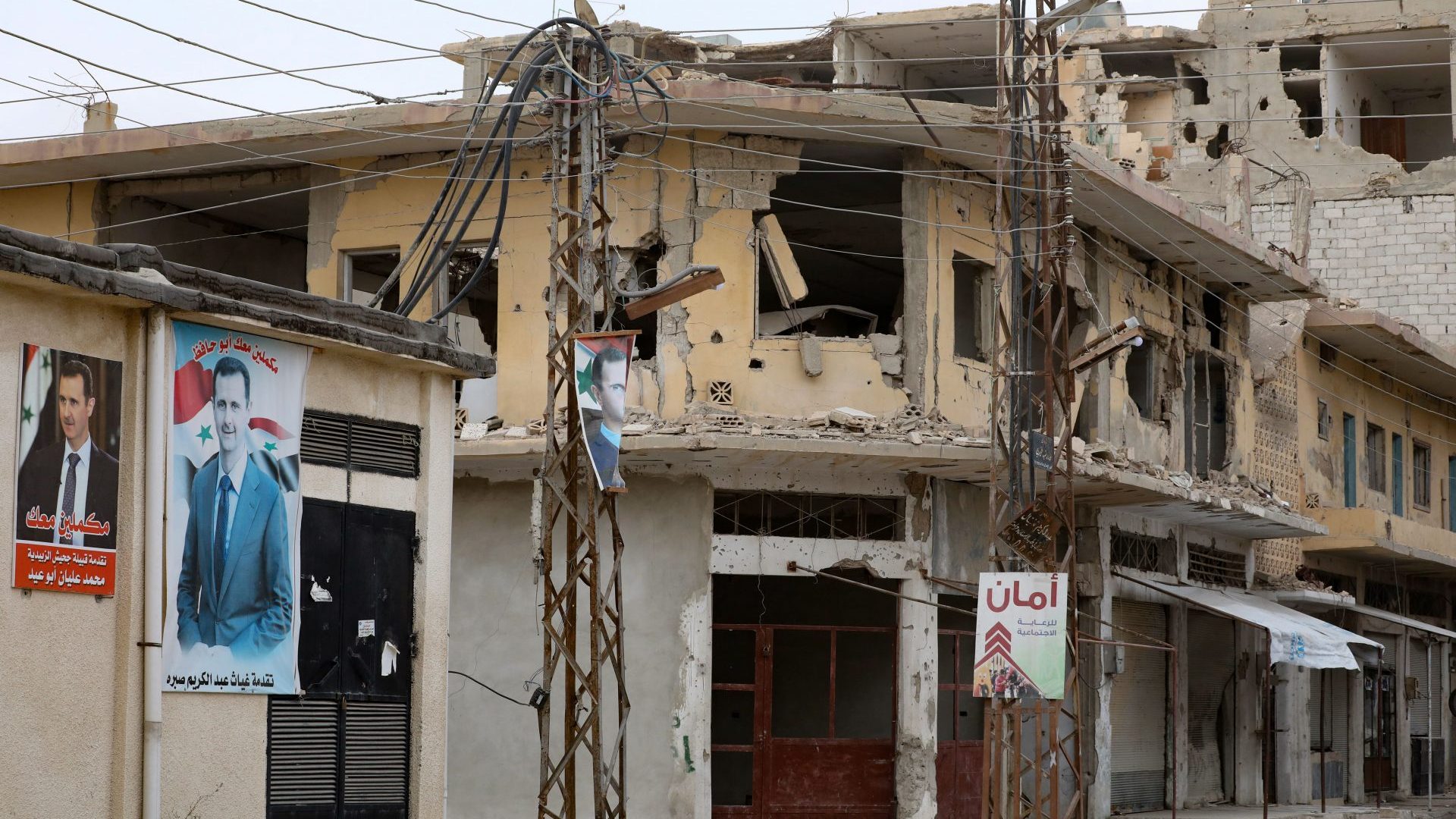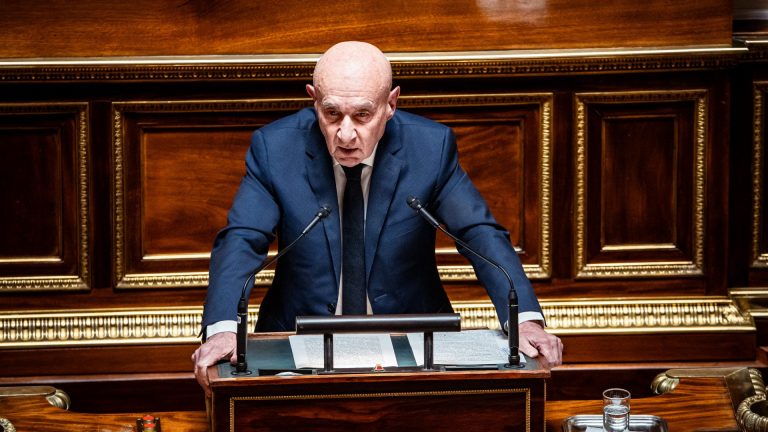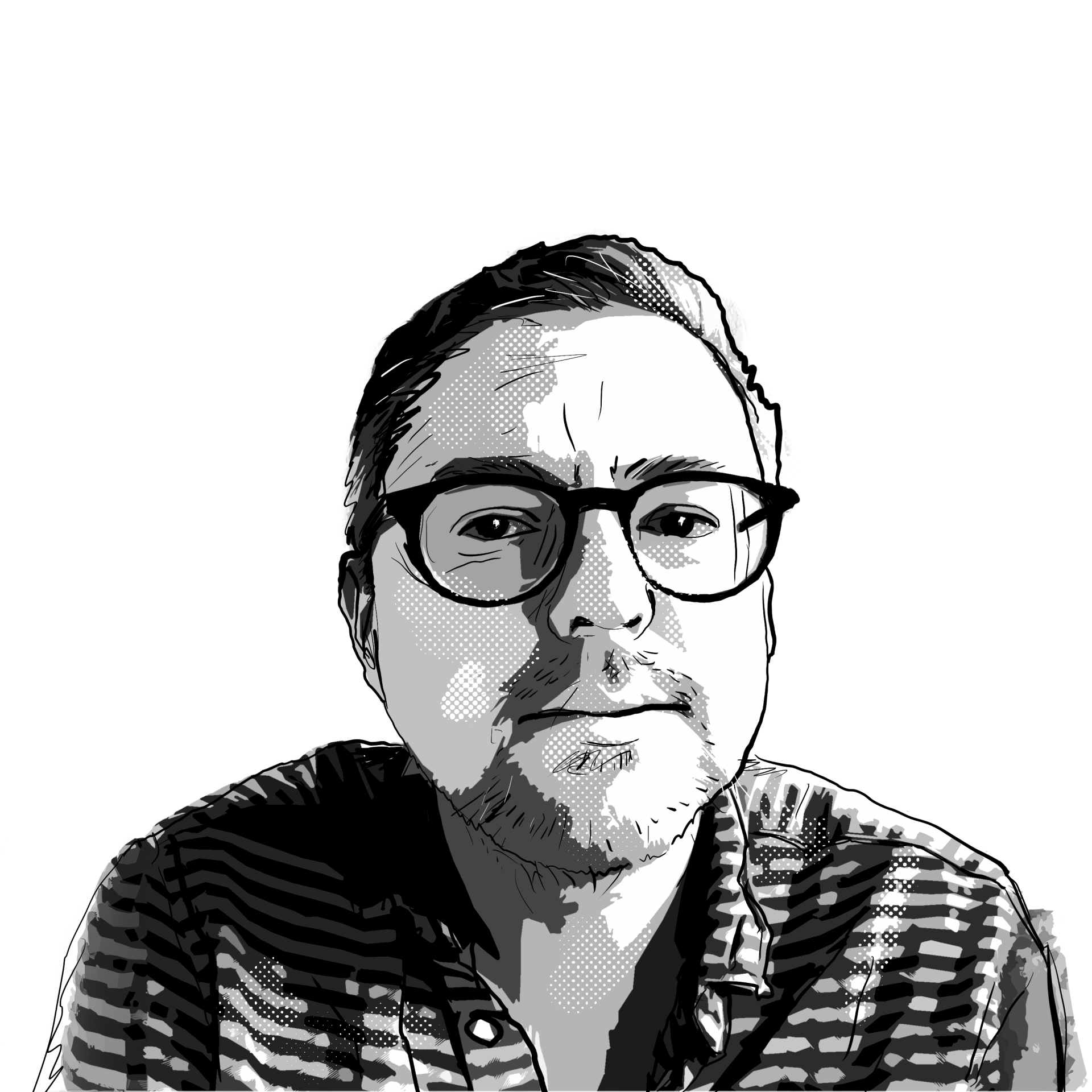Ossama doesn’t know what to do. He worries that he, his wife and two children might not be able to get out of Syria if the frontline shifts. Speaking over Whatsapp from his home in the northeast of the country, he sounds different from when I last spoke to him during the fall of the Islamic State’s self declared capital at Raqqa. He sounds tired.
Nevertheless, he says he’s hopeful he may be able to get the family into northern Iraq, but is worried the border may be closed when the time comes. “I don’t know what we’ll do then,’ he says.
At 32 years old, Ossama has seen his country ripped apart by revolution, civil war and slaughter. Now he has no choice but to look on as the government he resisted for years presides over the rubble, where the towns are awash with a new drug called Captagon, a “poor man’s cocaine.” All the while, tens of thousands of internally displaced people endure the searing heat of summer in makeshift camps and YouTubers and Influencers from Europe pose among the ruins on the regime’s dime.
For many people across Europe, Syria is one of yesterday’s wars, a conflict that simply faded into obscurity as the invasion of Ukraine and fresh crises took hold. However, many Syrians are now trapped between various factions of the Damascus regime that are now fighting each other, Iranian forces, Russians and the Syrian Democratic Force, as well as marauding militias of hardline Islamists that have staked claims to entire swathes of territory.
As of July this year, the UN estimated that the last decade of conflict claimed some 300,000 lives. That’s the equivalent of 83 civilian deaths, including nine women and 18 children, every day. In more than eleven years of conflict, the same agency estimates more than 13 million people have either fled the country or are internally displaced. Syria remains a tragedy like no other. From the rise of the Islamic State, which tried to recreate a medieval caliphate, to the everyday brutality of a regime that is responsible for chemical warfare, torture and mass murder, the Syrian people’s suffering remains terrible.
It could have been very different. From his ascension to the Presidency in 2010, hopes had been high that Bashar al Assad, Syria’s apparently liberal leader, might seek a rapprochement with the west.
One year into his rule, Tony Blair had explored the possibility of giving Assad a knighthood. Over the following decade the country appeared to shift away from the hardline rule of Bashar’s father, Hafez al-Assad, towards something more moderate. Arrests, often on political grounds, remained widespread, but at least there appeared a willingness, or at least a show of willingness, to modernise and engage with the regime’s critics. To understand how effective that show had been, in March 2011 Vogue published an especially fawning profile of Assad’s wife, Asma.
But protests had been building since January of that year. At the time Ossama was a University student in Homs, a city in western Syria and he saw people coming together and calling for political plurality, democratic reform and human rights. “We had big crowds calling for the release of political prisoners and family members,” he said. “It wasn’t religious.”
Ossama can pinpoint the moment when the protests changed. “It was on April 19th, 2011,” he recalled. At that time, a large crowd had gathered in the central square in Homs, demonstrating over the incarceration of political prisoners. “The police fired live ammunition at them and everyone ran. After that, that night, many of the mosques in Homs began to call for Jihad.”
Eleven years later, the liberal ideal of 2011 seems laughable. As an uncertain truce holds between Syria’s belligerents, reinforced by occasional rocket fire and raids, Camps around Idlib and Aleppo serve as home to tens of thousands of families enduring the worst of the climate crisis. Without functioning electricity, or even reliable access to water, the situation is desperate.
“People’s needs are growing faster than our ability to meet them,” said Milena Murr of Mercy Corps. The organisation has volunteers in many of the camps. “Climate change is a massive factor. People can’t grow food. Worse, we have the winter coming. Currently, we’ve got about enough food for two months. I’m not sure what’s happening after that. We have the Bab al-Hawa crossing [into Turkey] from which people can get aid, but the current agreement to keep that open only goes as far as January. Right now, we have about 4 million people relying upon food coming in from there,” she said.
Syria is at the bottom of the world’s economic league tables. Even Moscow has stepped back from one its oldest allies, subcontracting many of its bases to the Iranian military and the Lebanese terror group, Hezbollah, as it seeks to shore up its faltering campaign in Ukraine. Outside the country’s borders, its two principal sources of trade and revenue, Turkey and Lebanon, are hobbled by economic crisis and government graft. Denied alternative sources of income, many in Assad’s inner circle and the militias they control are looking to the narcotics trade to avoid the crippling sanctions.
Captagon is the Middle East’s drug of choice, offering a swift, amphetamine style hit. Within Syria, for those learning to live with trauma, the escalating impact of climate change or just the gnawing ache of hunger, it gives cheap relief. But the drug is highly addictive, and can cause long-term changes to a person’s judgement and impulse-control. The price and quality vary enormously. While an Emirati youth eyeing a night on the town could pay as much as $20, a displaced Syrian in the camps of Idlib province might pay as little as $2. Some doses of the drug have been cut so much there’s nothing left but refining agents, but for the Syrian regime, which is deeply implicated in the spread of Captagon throughout the country, it represents big money.
According to a study by the New Lines Institute, the bulk value of captagon that was seized coming out of Syria last year amounted to $5.7 billion. Speaking to The New European, the report’s authors stress that the figure represents only the value of shipments intercepted, calculated at an average price, and not the full scale of production.
“It’s growing, and it’s growing quite quickly,” said Caroline Rose, a senior analyst with the New Lines Institute and an expert on the spread of Captagon. According to her research, the market for the drug in Syria is overseen by senior members of the Syrian regime. The 4th Division is an elite military division charged with protecting the Syrian government and it is headed by Mahar Assad, Bashar’s brother. “We know the 4th Division is involved,” she said. “There’s also evidence that many of the families and ministers around Assad are active, or at least know about the trade.” Hezbollah, the Iranian-backed militia and the warlords of Lebanon’s Bekaa Valley are among Captagon’s pushers.
But the world’s focus has moved on from Syria. Many of Syria’s neighbours have crises of their own, while Jordan and the UAE are renewing relations with Damascus in the hope of exerting influence over its regime. The West, at least for now, appears to be holding firm with sanctions, despite the regime’s best efforts to have them lifted.
Little of this matters to the displaced. Syrian winters are very cold and most of the people who will endure the coming months of hardship in the camps played no role in the conflict. They were simply caught up in the hurricane of war.
For now, Ukraine dominates the world’s headlines. In Homs, as in the ruins of Aleppo, Raqqa and across Syria, the victims of a brutal conflict continue to eke out a living in the worst of conditions.









